
(June)
Soldier Beetles
Cantharis nigra (Photos 1 and 2, May 2009)) is generally found in damp habitats. It is a relatively large soldier beetle (11 – 15 mm in length), abundant from mid May to early August in hedges e.g. Hazel and on ground vegetation, including nettle patches in the Stonebow Washlands area of Loughborough.
Soldier beetles derive their name from the red, yellow and black colouring of many species, reminiscent of old military uniforms
. They are a family of beetles with relatively soft, sometimes
very short elytra (wing cases). Their bodies are elongate with parallel sides and the head has distinctive curved mandibles (jaws) (
Photo 2),

reflecting a predatory feeding habit, and long, filiform ,11 segmented, antennae (longer in males than in fem
ales but not longer than the body).
Soldier beetles are common from spring to summer (May – July)
on flowers of herbaceous plants e.g. Hedge Parsley or Thistle heads and can also be found on flowering bushes and trees. They feed on various small insects and their larvae but some will also feed on pollen grains and nectar. The flat bodied larvae have a distinctive velv
ety appearance and live underground, hunting for insect prey in soil, decayi
ng wood leaf litter and under bark.
The Black-tipped Soldier beetle, Rhagonycha fulva

(Photo 3, Stonebow Washlands, July 2008)) is an extremely common and widespread species, which is the most likely species to be seen on a country walk in June and July. 7 – 10 mm in length, it can easily be recognised from its straw
-coloured to brownish body, with a brownish black spot on the tip of its elytra (wing cases). It occurs mainly in sunny localities on the outskirts of woods, in gardens and meadows. The beetles can be found, sometimes in large numbers,
feeding on small insects and polle
n, (and often mating!) on the flowers of umbelliferous species (e.g. Hedge Parsley), Thistles and other herbaceous plants. Females lay eggs just below the soil surface.
The soldier beetle Podabrus alpinus ( Photo 4, top of Beacon Hill, June 2008)

resembles some Cantharis species in general colouration but it has a distinctive head shape and eye position, with a relatively long ‘neck’. It is associated with woodland, particularly where Pine trees are present.
The distinct black markings on the thorax of Cantharis
decipiens

(Photo 5, Gorse Covert wood, May 2009) help identify this smaller species (length 7 – 11 mm), which also has a brownish –yellow body colour. It favours trees and shrubs, particularly if Hawthorn blossom is present.
Cantharis rustica (Photo 6, Gorse Covert wood, May 2009)

is another common larger soldier beetle. It is similar to Catharis nigra but has mainly red femora (‘thighs’) and the red pronotum (covering the thorax) has a small central dark ‘spot’. Beetles hunt small insects, including aphids, on flowers in grasslands and woods.
A useful site to help with some ‘bug’ identifications is www.naturespot.co.uk





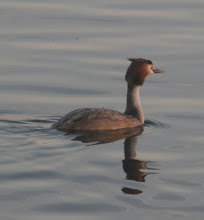
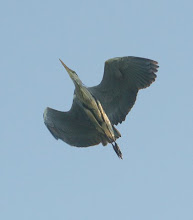
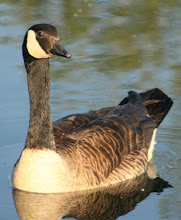
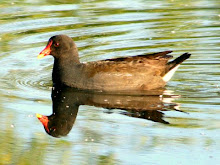
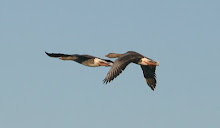
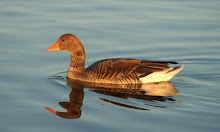

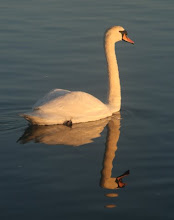
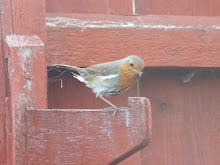
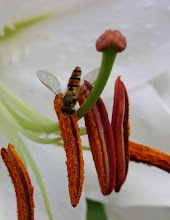
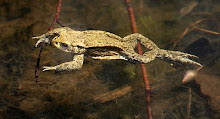



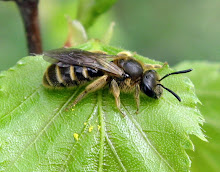
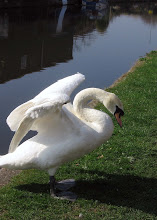
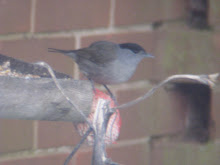
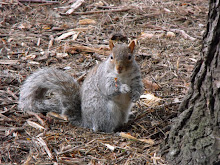
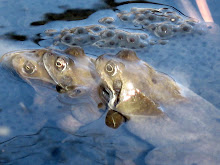
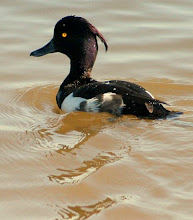
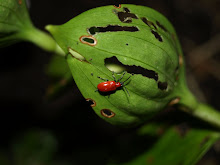
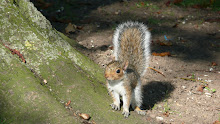
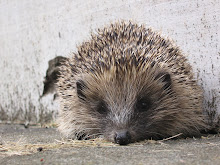
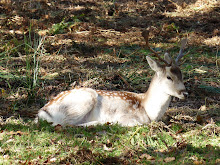
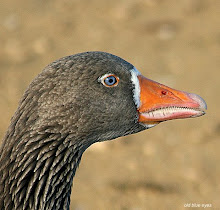
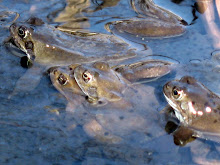
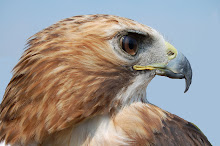
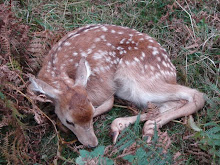






















No comments:
Post a Comment